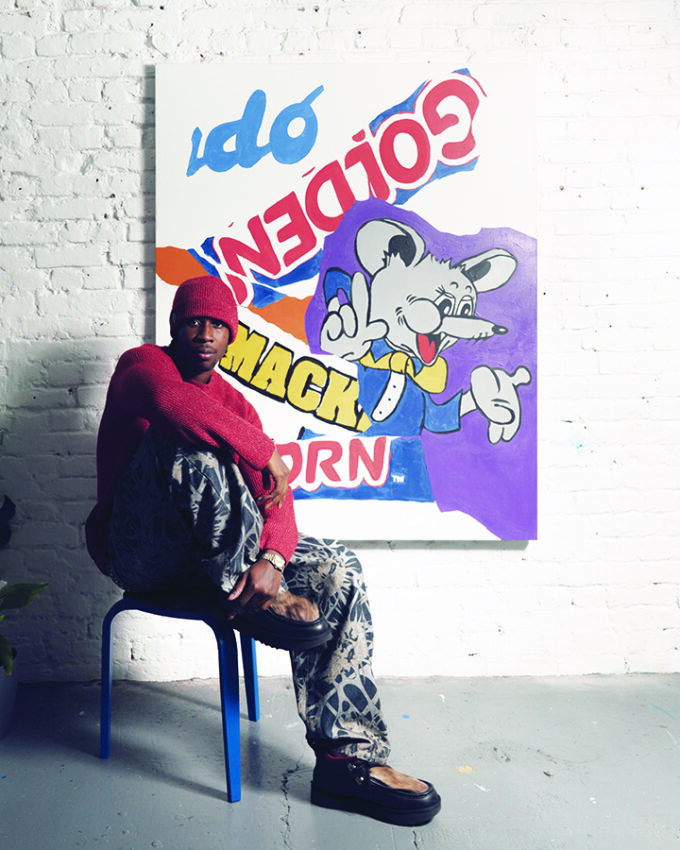Onyike Kelechi
In the age before mass-produced cosmetics, African communities developed sophisticated and environmentally sustainable methods of body care. Among the Igbo-speaking people of Nsukka in present-day Enugu State, one such innovation was the native body cream known as Uhie—a rich, red paste made from natural ingredients, rooted in both utility and deep cultural meaning.
Uhie is more than a skin product. It is a testament to indigenous knowledge systems and a reflection of how pre-colonial communities engaged with their environment. Derived primarily from the camwood tree (Baphia nitida), Uhie was valued not only for its cosmetic use but also for its symbolic associations with purity, femininity, maturity, and wellness.
The Making of Uhie
The preparation of Uhie was an art in itself. The red dye wood of the camwood tree was ground into a fine powder and sometimes mixed with palm kernel oil or shea butter to form a smooth, fragrant paste. This cream, naturally reddish in color, was applied to the skin to enhance beauty, protect the skin, and signify important life transitions.
Mothers taught daughters the preparation methods in a process that reinforced generational knowledge. The ingredients were all-natural, locally sourced, and biodegradable—making Uhie not only a cultural treasure but also an early model of sustainable self-care.
Cosmetic, Therapeutic, and Symbolic Uses
In 19th-century Nsukka, Uhie was more than skin-deep. Women applied it to soften the skin and protect it from the harsh effects of sun and weather. Its soothing qualities also served as a balm for rashes or skin irritation. After childbirth, new mothers were often rubbed with Uhie as part of postnatal care rituals.
Ceremonially, Uhie featured in weddings, coming-of-age rites, and festivals. A bride adorned in Uhie was considered both beautiful and ritually complete. In certain cases, Uhie was also used to mark children during naming ceremonies or in religious contexts to connect the physical body with ancestral presence and protection.
Cultural Decline and Modern Rediscovery
With the onset of colonial influence and the rise of imported cosmetics, Uhie and many other traditional body care practices declined. Western beauty ideals, urbanization, and changing lifestyles contributed to its near disappearance from everyday use by the mid-20th century.
Yet today, there is a resurgence of interest in natural products and indigenous knowledge. Scholars, cultural advocates, and natural skincare entrepreneurs are now revisiting Uhie—not only as a cosmetic product but as part of a broader effort to reclaim African heritage and identity.
Museums, especially ethnographic collections in Nigeria, have preserved samples and stories of Uhie. At the National Commission for Museums and Monuments, we continue to document such traditional practices to help educate the public and preserve these elements of our intangible cultural heritage.
Why Uhie Still Matters
Uhie is a powerful reminder that precolonial African societies were rich in science, artistry, and environmental knowledge. It speaks to how our ancestors lived in harmony with their surroundings, using what nature provided in ways that were both beautiful and sustainable.
For younger generations, learning about Uhie is more than nostalgia—it is a call to value indigenous innovation and redefine beauty in African terms. In a world increasingly interested in organic and cultural authenticity, Uhie has the potential to reclaim its place both on our shelves and in our stories.
Conclusion
As custodians of Nigeria’s cultural heritage, we at the National Commission for Museums and Monuments encourage all Nigerians to engage with these traditional practices. Whether through exhibitions, school programs, or public education, understanding the story of Uhie helps us better appreciate the deep well of knowledge our ancestors left behind. Uhie is not just history—it is heritage, and perhaps, the future.

















Leave a comment